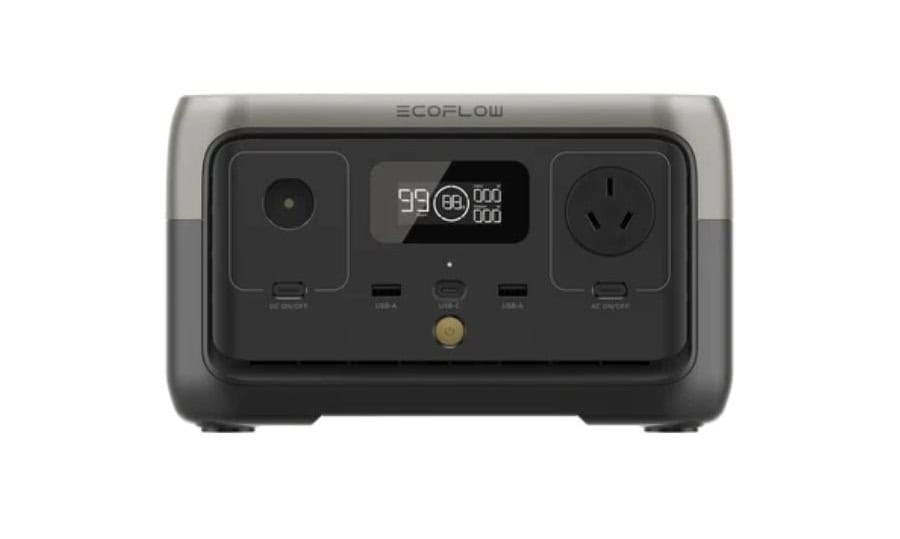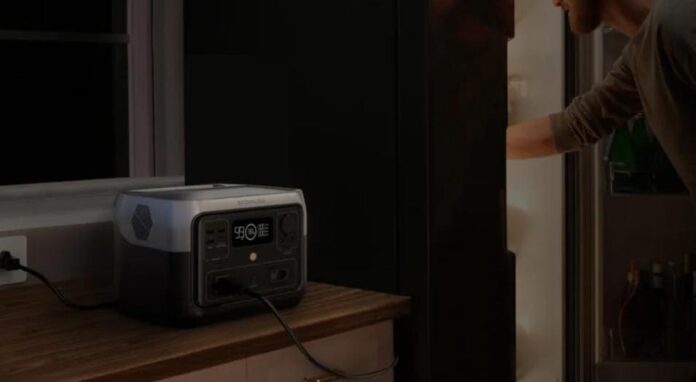A sudden blackout can disrupt your routine and leave you wondering what to do when the power goes out. Whether it’s due to storms, grid failures, or maintenance, being prepared can make all the difference. From protecting your appliances to keeping your family safe, knowing the right steps before, during, and after an outage is essential. This guide will help you stay informed, minimize risks, and ensure you’re ready for any power failure, no matter when or where it happens.
Check Why Power Outages Happen
A power outage occurs when electricity is interrupted, affecting homes, businesses, or entire regions. The power outage causes can vary from expected maintenance to sudden system failures.
Understanding different types of outages can help you prepare better:
- Planned outages – These occur when energy companies conduct maintenance or infrastructure upgrades. Customers are usually notified in advance.
- Unplanned outages – These happen without warning due to storms, accidents, or equipment failures.
- Rolling blackouts – Also called load shedding or load sharing, rolling blackouts are temporary power cuts designed to prevent grid overload. They often happen during peak electricity demand.
During energy shortages, authorities may turn off power in specific areas without notice to stabilize the grid. Knowing why outages happen can help you plan ahead and respond appropriately.
What to Do Before the Power Outage
Being prepared can reduce the impact of an outage and help keep your household safe.
Reduce Energy Use During Peak Times
Electricity demand is highest between 3 PM and 8 PM, increasing the risk of overload. You can help prevent outages by:
- Unplugging appliances when not in use.
- Turning off lights in empty rooms.
- Delaying energy-intensive tasks, such as using washing machines, dishwashers, or charging electric vehicles.
Energy-Saving Tips
Making small adjustments can lower electricity consumption and reduce the risk of blackouts:
- Use cold water instead of hot water on your washing machine.
- Hang clothes outside instead of using a dryer.
- Cook with a microwave or air fryer instead of a stove or oven.
- Adjust indoor temperatures for efficiency: 18–20°C in winter, 24–26°C in summer.
- In cold weather, heat only occupied rooms and use blankets to stay warm.
Prepare an Emergency Kit
Having an emergency kit ensures you’re ready for unexpected power failures. Your kit should include:
- Essential medications and health supplies.
- Battery-powered torches (avoid candles due to fire risks).
- A list of emergency contacts written down.
- A car charger for mobile phones and USB devices.
- Cash, in case EFTPOS machines stop working.
Know Who to Contact
- Call Triple Zero (000) for life-threatening emergencies.
- Ensure your electricity retailer has your mobile number for SMS alerts.
- Identify your network provider for real-time outage updates. You can find this information on your electricity bill or the Australian Energy Regulator’s website.
What to Do During an Outage
When the power goes out, it’s important to stay calm and follow safety precautions. Here’s what to do in case of a power outage:
Stay Informed
- Contact your network provider for updates.
- Listen to battery-powered radios or check for news updates using mobile data.
Protect Your Home and Appliances
- Unplug sensitive devices, such as TVs, computers, and Wi-Fi routers, to prevent damage when power is restored.
- Use surge protectors to protect electronics from power fluctuations.
- Keep fridges and freezers closed to prevent food spoilage. A fridge stays cold for 4 hours, while a freezer can preserve food for 24 hours.
Use Appliances Safely
- Never bring outdoor generators, BBQs, or gas heaters indoors, as they produce toxic fumes.
- Never rewire your house to connect external power sources like generators or batteries.
- Leave one light switched on so you’ll know when power is restored.
What to Do When the Power Goes Out at Night?
- Use torches instead of candles to reduce fire risks.
- Lock doors and windows to enhance security.
- Have a backup plan for essential medical devices that require power.
What to Do in a Power Outage at Home?
- Ensure all family members are safe and informed about the situation.
- Avoid using electrical appliances until power is fully restored.
- If using a generator, follow manufacturer safety guidelines to prevent carbon monoxide poisoning.
What to Do in a Power Outage at Work?
- Follow your workplace’s emergency procedures.
- If lights go out, use emergency exits and follow staff instructions.
- Avoid using elevators until power is restored.
What to Do After an Outage
Once power is restored, take these steps to ensure safety and prevent damage.
1. Follow Emergency Instructions
- Continue following updates from emergency services and your network provider.
- Report any hazardous electrical issues to your provider or a licensed electrician.
2. Check for Hazards
- Inspect appliances for damage before plugging them back in.
- If you notice exposed wires or electrical issues, contact a professional instead of attempting repairs yourself.
- If you have non-urgent power issues, report them to your electricity retailer.
3. Food and Medication Safety
- Discard food exposed to 40°C or higher for over 2 hours. When in doubt, throw it out.
- If the outage lasted over 24 hours, throw away refrigerated medications unless their label says otherwise. Consult a doctor or pharmacist for replacements.
Tips to Prepare for a Power Outage in the Future
Taking proactive steps can reduce the impact of future outages.
- Portable Power Supply: The EcoFlow RIVER 2 Portable Power Station is a high-capacity, rechargeable power station with a 256Wh capacity and 300W output. It can charge devices during outages and offers solar charging for off-grid use, making it an ideal backup for small electronics, lights, and appliances.
- Backup Lighting: Use battery-powered or solar lights for emergency lighting.
- Water & Food: Stock up on at least 3 days’ worth of water and non-perishable food.
- Power Banks: Keep small power banks on hand to charge phones and devices.
- Insulation: Have blankets, sleeping bags, and portable heaters if needed.
- First Aid Kit: Ensure it’s stocked with essentials and meds.
- Generator: Consider a gas or diesel generator for longer outages.
- Communication Plan: Have an emergency plan for staying in touch with loved ones.
- Charge Devices: Charge critical items in advance before an outage.
- Maintain Gear: Regularly check and maintain your power supplies and backup systems.

Conclusion
Power outages can be unpredictable, but knowing what to do when the power goes out keeps you safe and prepared. By reducing energy use, securing an emergency kit, and having a backup plan, you can handle outages with confidence. Investing in a reliable portable power supply like the EcoFlow RIVER 2 Portable Power Station ensures you stay powered during blackouts. With fast charging and multiple power options, it’s the perfect solution for any home. Get yours today for peace of mind!
FAQs
What to Do If the Power Suddenly Goes Out?
Stay calm and check if it’s a widespread outage or just your home. Unplug appliances to prevent power surges when electricity returns. Use a flashlight instead of candles for safety. Keep fridge and freezer doors closed to preserve food. Check for updates from your electricity provider and follow emergency instructions if needed.
What Is the Best Solution for Power Outages?
Being prepared is key. Have an emergency kit with essentials like torches, batteries, and a phone charger. A portable power station, like the EcoFlow RIVER 2, provides backup electricity for essential devices. Reduce energy use during peak hours and stay informed about outages. If outages are frequent, consider a generator or solar power system.
How Long Do Most Power Outages Last?
Most power outage durations last a few minutes to several hours, depending on the cause. Planned maintenance outages are usually short, while storm-related outages can last several days. Major grid failures or extreme weather events may take longer to fix. Always be prepared with emergency supplies and alternative power sources for extended blackouts.


